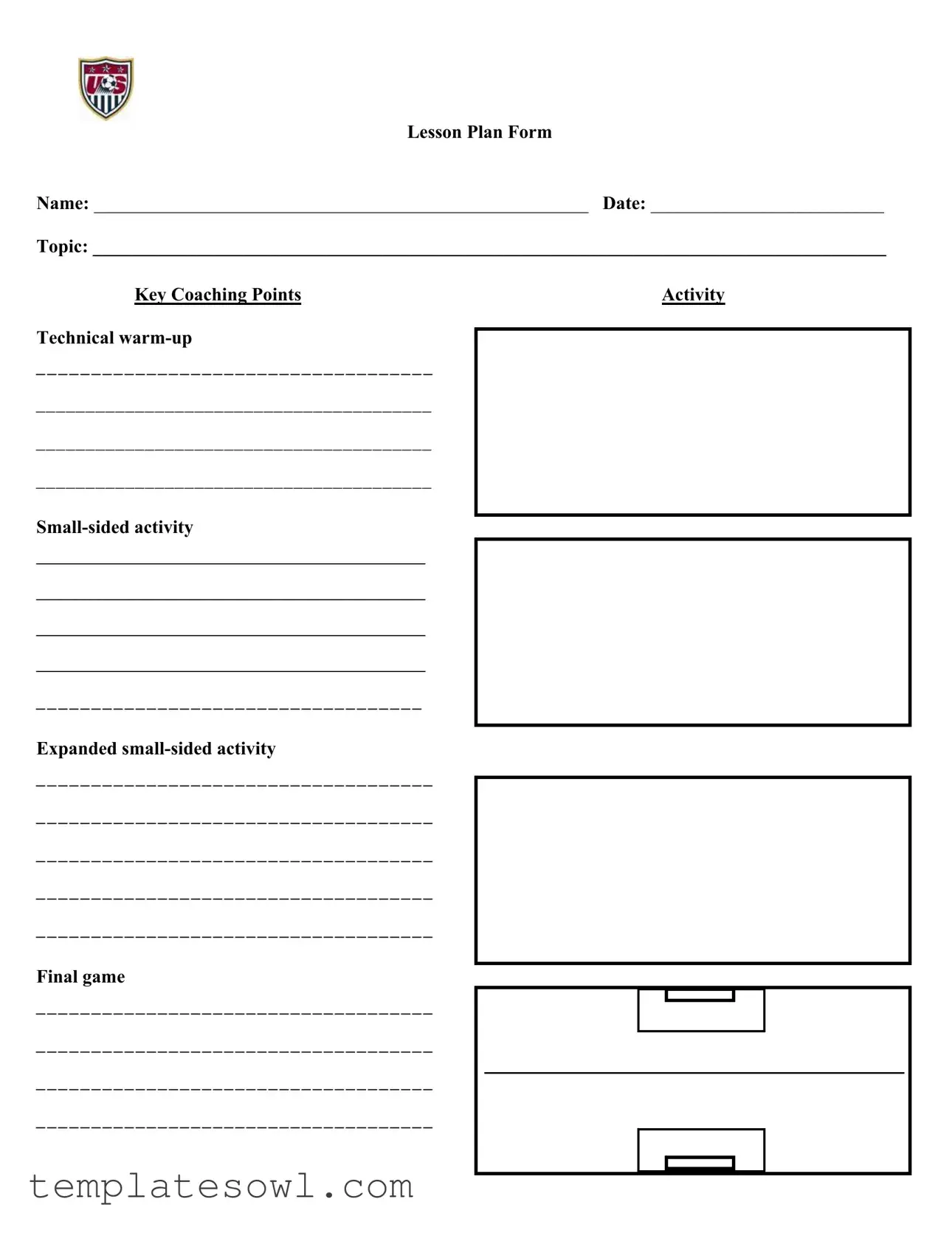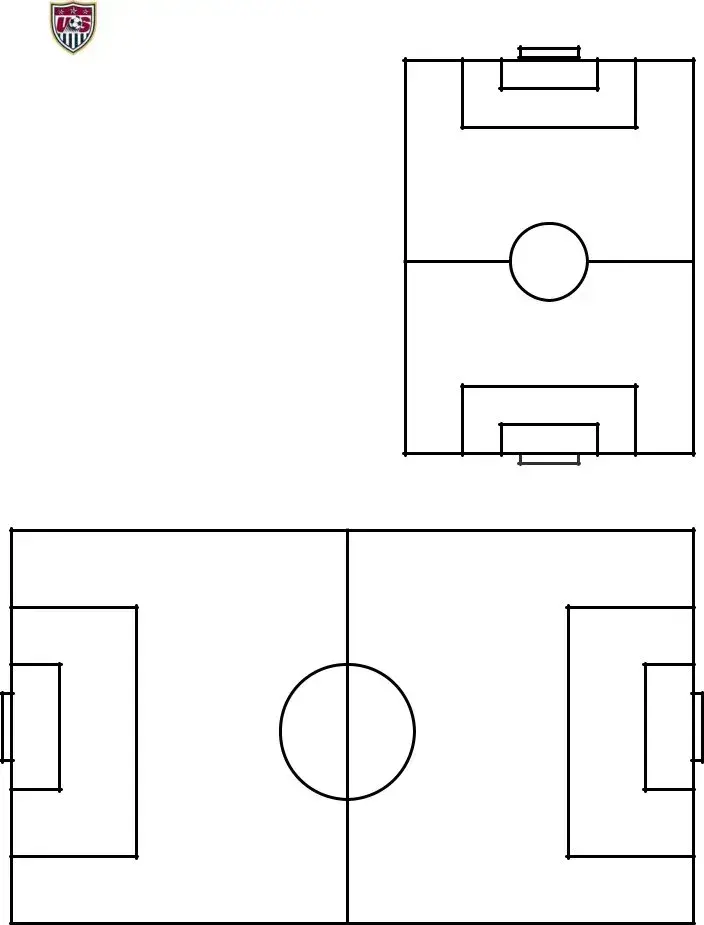What is the purpose of the Soccer Training Session Plan form?
The Soccer Training Session Plan form serves as a structured outline for coaches to plan their training sessions effectively. It helps organize activities, key coaching points, and player line-ups, ensuring that each session is purposeful and focused on developing specific skills.
What information is required in the form?
Essential details include the name of the coach, the date of the session, the topic of the training, and various activities planned. Additionally, line-ups for players should be included, which helps in strategizing and managing player participation during the session.
How can the form enhance training effectiveness?
By clearly defining coaching points and activities, the form enables better communication between coaches and players. It ensures that everyone understands the goals of the training session, which can lead to improved performance on the field.
Is there a recommended structure for filling out the form?
Yes, following a sequential approach helps. Start with the technical warm-up, then move to small-sided activities, expand those activities, and conclude with a final game. Each segment should cater to building skills progressively, reinforcing what has been learned in previous activities.
What is the significance of the key coaching points?
Key coaching points are fundamental for guiding the focus of the training session. They provide coaches with specific objectives to emphasize, helping players understand what they should pay attention to during each activity. This clarity is crucial for effective skill development.
How can small-sided activities benefit players?
Small-sided activities create a dynamic environment that encourages more touches on the ball and greater participation from all players. This increased involvement is essential for improving individual skills, decision-making, and teamwork.
Why should the final game be included in the session plan?
Including a final game serves several purposes. It allows players to apply the skills practiced during the session in a competitive setting, reinforcing their learning. This transition into gameplay helps solidify techniques and strategies in real time.
What should I do if my session plan does not go as expected?
Flexibility is key. Adapt the session on-the-fly based on the players’ responses and engagement. If an activity is not resonating, consider switching to another planned exercise or modifying the current one. The ultimate goal is player development and enjoyment.
Where can I access additional resources or examples of completed session plans?
Many coaching organizations and soccer associations provide resources online. Additionally, collaborating with fellow coaches can yield valuable insights and shared experiences that enhance your session planning. Don’t hesitate to seek out these resources for inspiration.


